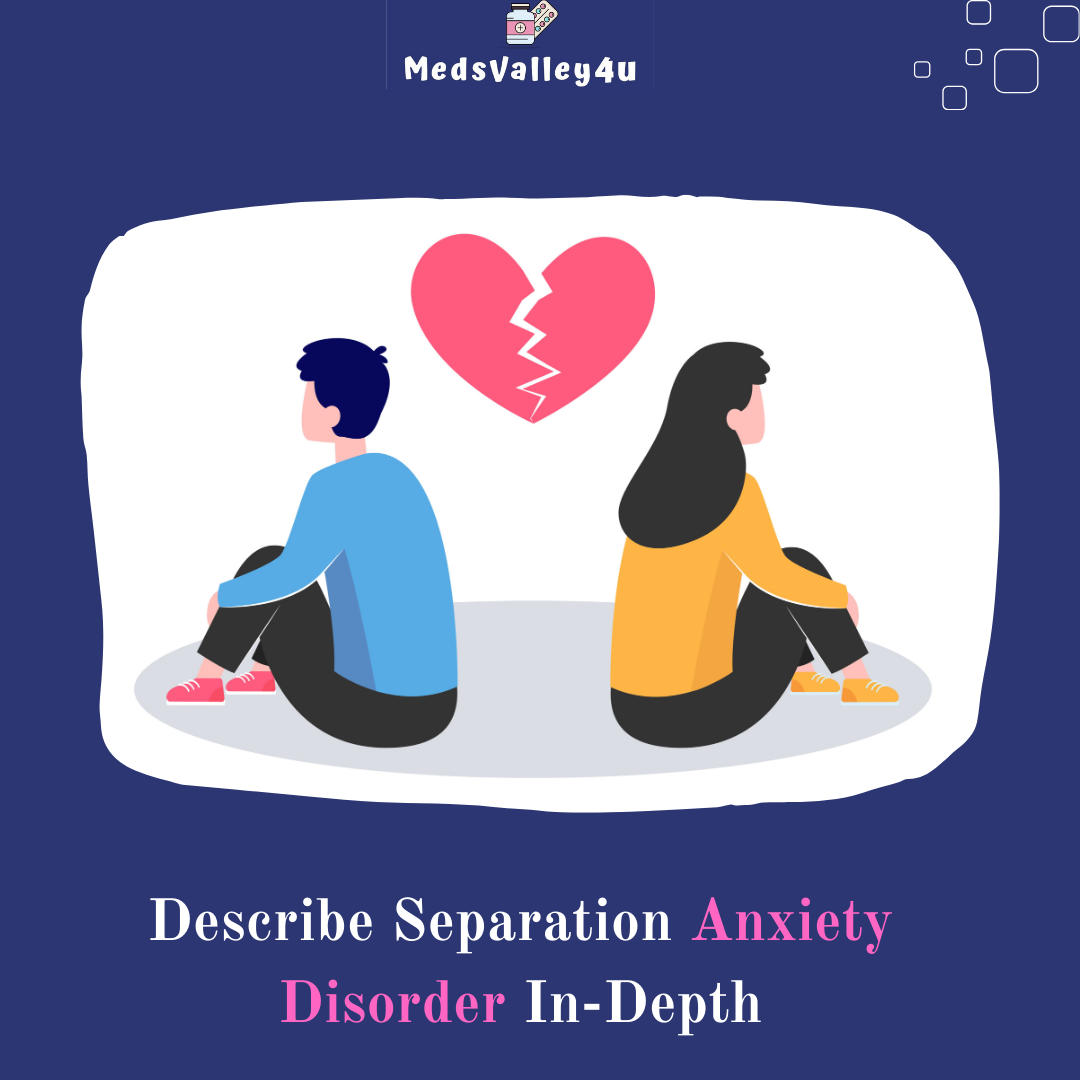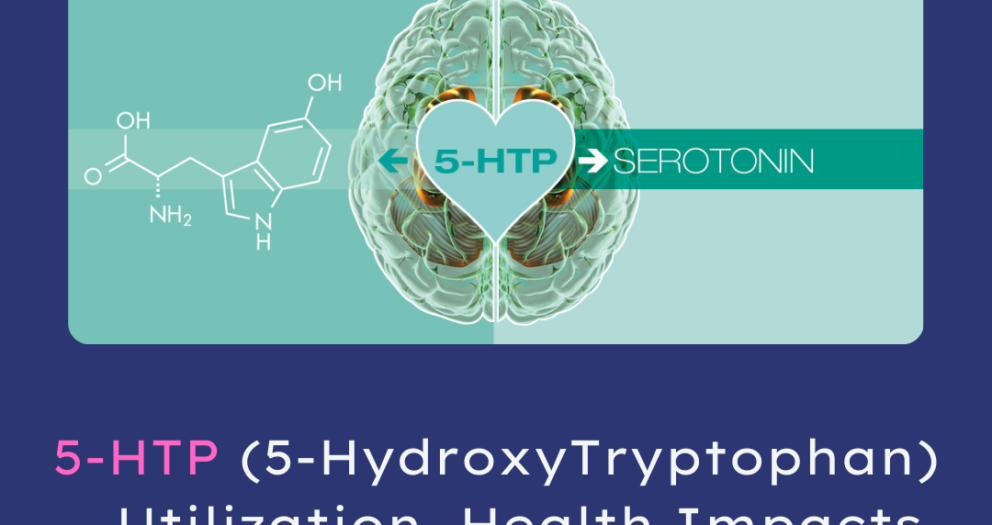Separation Anxiety Disorder (SAD) is a psychological condition characterized by excessive fear or anxiety regarding separation from home or attachment figures. While some level of anxiety during separations is common, SAD goes beyond typical responses, significantly impacting daily functioning and emotional well-being. Understanding this disorder involves exploring its symptoms, causes, risk factors, diagnosis, and treatment options.
Understanding Separation Anxiety Disorder
Definition
Separation Anxiety Disorder is classified as an anxiety disorder in which an individual experiences intense fear or anxiety when faced with separation from a parent, caregiver, or other significant attachment figure. This disorder can manifest in both children and adults, although it is most commonly diagnosed in children. It can lead to distress and impairment in social, academic, or other important areas of functioning.
Symptoms
The symptoms of Separation Anxiety Disorder can vary widely in severity and may include:
- Excessive Distress: Individuals may experience extreme distress when anticipating or experiencing separation from attachment figures. This distress can manifest as crying, tantrums, or physical complaints such as headaches or stomachaches.
- Persistent Worry: There may be an ongoing fear of something terrible happening to the attachment figure, such as getting lost, injured, or dying.
- Avoidance Behavior: Individuals may refuse to go to school, stay at home alone, or participate in activities that involve separation, such as sleepovers or camps.
- Nightmares: Recurrent nightmares involving separation or loss can be common, causing distress and impacting sleep quality.
- Physical Symptoms: Children and adults with SAD may experience physical symptoms such as nausea, headaches, or other stress-related complaints when faced with separation.
- Clinging Behavior: Excessive clinginess or refusal to be away from attachment figures, even for short periods, can indicate SAD.
- Separation Fear: Individuals may exhibit intense fear when separation is anticipated, often resulting in significant disruption of daily activities.
Developmental Considerations
It’s important to note that some level of separation anxiety is normal in infants and toddlers as part of healthy emotional development. However, when these fears persist beyond the typical developmental stage or become excessive, it may indicate Separation Anxiety Disorder.
Causes of Separation Anxiety Disorder
While the exact cause of SAD remains unclear, several factors may contribute to its development:
- Genetic Factors: There is evidence suggesting that anxiety disorders can run in families. Genetic predispositions may increase vulnerability to SAD.
- Environmental Influences: Traumatic events, such as the loss of a parent or caregiver, divorce, or changes in living situations, can trigger or exacerbate symptoms of SAD.
- Attachment Styles: Insecure attachment styles, developed during early childhood, may play a significant role in the onset of SAD. Children with overly protective or anxious caregivers may be more likely to develop separation anxiety.
- Personality Traits: Certain personality traits, such as a tendency toward shyness or avoidance, may increase the risk of developing SAD.
- Life Transitions: Significant life changes, such as moving to a new school, starting school for the first time, or experiencing parental separation, can trigger symptoms in vulnerable individuals.
Risk Factors
Several risk factors can increase the likelihood of developing Separation Anxiety Disorder:
- Age: While SAD can affect individuals of any age, it is most commonly diagnosed in children aged 7-9 years.
- Previous Anxiety Disorders: A history of anxiety disorders, particularly in childhood, can increase the risk of developing SAD.
- Family History: A family history of anxiety or mood disorders can contribute to the risk of SAD.
- Parenting Styles: Overprotective or anxious parenting styles can reinforce fears and contribute to the development of SAD.
- Social Factors: Poor social skills or difficulties forming friendships may increase vulnerability to SAD, as individuals may rely more heavily on attachment figures for support.
Diagnosis of Separation Anxiety Disorder
Diagnosing Separation Anxiety Disorder typically involves a comprehensive evaluation by a qualified mental health professional. The diagnostic process may include:
- Clinical Interviews: The clinician will conduct interviews with the individual and their family members to gather information about symptoms, duration, and impact on functioning.
- Behavioral Observations: Clinicians may observe behaviors in various settings to assess the severity and frequency of anxiety symptoms.
- Standardized Assessment Tools: Mental health professionals may use questionnaires or rating scales designed to measure anxiety symptoms and assess the impact on daily functioning.
- Rule Out Other Conditions: It’s essential to differentiate SAD from other mental health conditions, such as generalized anxiety disorder, panic disorder, or specific phobias, which may present with overlapping symptoms.
Treatment Options for Separation Anxiety Disorder
Effective treatment for Separation Anxiety Disorder typically involves a combination of therapeutic approaches. These may include:
1. Cognitive-behavioral therapy (CBT)
Cognitive-behavioral therapy is a widely used and effective treatment for SAD. CBT focuses on identifying and challenging negative thought patterns and behaviors associated with anxiety. Techniques may include:
- Exposure Therapy: Gradually exposing individuals to feared situations (such as separation) in a controlled and supportive environment can help reduce anxiety over time.
- Cognitive Restructuring: Teaching individuals to identify and reframe negative thoughts related to separation can help alleviate anxiety.
- Behavioral Interventions: Developing coping strategies and relaxation techniques can empower individuals to manage anxiety symptoms effectively.
2. Family Therapy
Family therapy may be beneficial in addressing dynamics that contribute to SAD. Involving family members in therapy can foster understanding and improve communication, helping the family support the individual experiencing anxiety.
3. Medication
In some cases, medication may be prescribed to manage severe anxiety symptoms. Antidepressants, particularly selective serotonin reuptake inhibitors (SSRIs), may be considered for individuals with moderate to severe SAD. Medication is usually used in conjunction with therapy for optimal results.
4. Psychoeducation
Providing education to both the individual and their family members about SAD can be helpful. Understanding the nature of the disorder, its symptoms, and effective coping strategies can empower individuals to navigate challenges associated with separation anxiety.
5. Parenting Support
For children with SAD, parents can benefit from support and guidance on how to manage their child’s anxiety. Strategies may include fostering independence, gradually encouraging separation, and reinforcing positive coping mechanisms.
Coping Strategies for Individuals with Separation Anxiety Disorder
In addition to formal treatment, individuals with Separation Anxiety Disorder can benefit from various coping strategies:
- Practice Deep Breathing: Deep breathing exercises can help manage anxiety symptoms in the moment. Techniques such as diaphragmatic breathing can promote relaxation.
- Establish Routines: Creating consistent daily routines can provide a sense of stability and predictability, reducing anxiety related to separation.
- Gradual Exposure: Gradually increasing the time spent apart from attachment figures can help individuals acclimate to separation and build confidence.
- Positive Reinforcement: Celebrating small successes and encouraging independence can boost self-esteem and resilience.
- Seek Support: Connecting with peers or support groups can provide individuals with opportunities to share experiences and gain valuable insights.
Conclusion of Post:-
Separation Anxiety Disorder is a prevalent condition that can significantly impact individuals and their families. By understanding the symptoms, causes, and treatment options, those affected can seek appropriate support and interventions. Whether through therapy, medication, or coping strategies, effective management of SAD is possible, paving the way for healthier relationships and improved emotional well-being. If you or someone you know is struggling with separation anxiety, don’t hesitate to reach out to a mental health professional for assistance.




Write a comment
Your email address will not be published. All fields are required